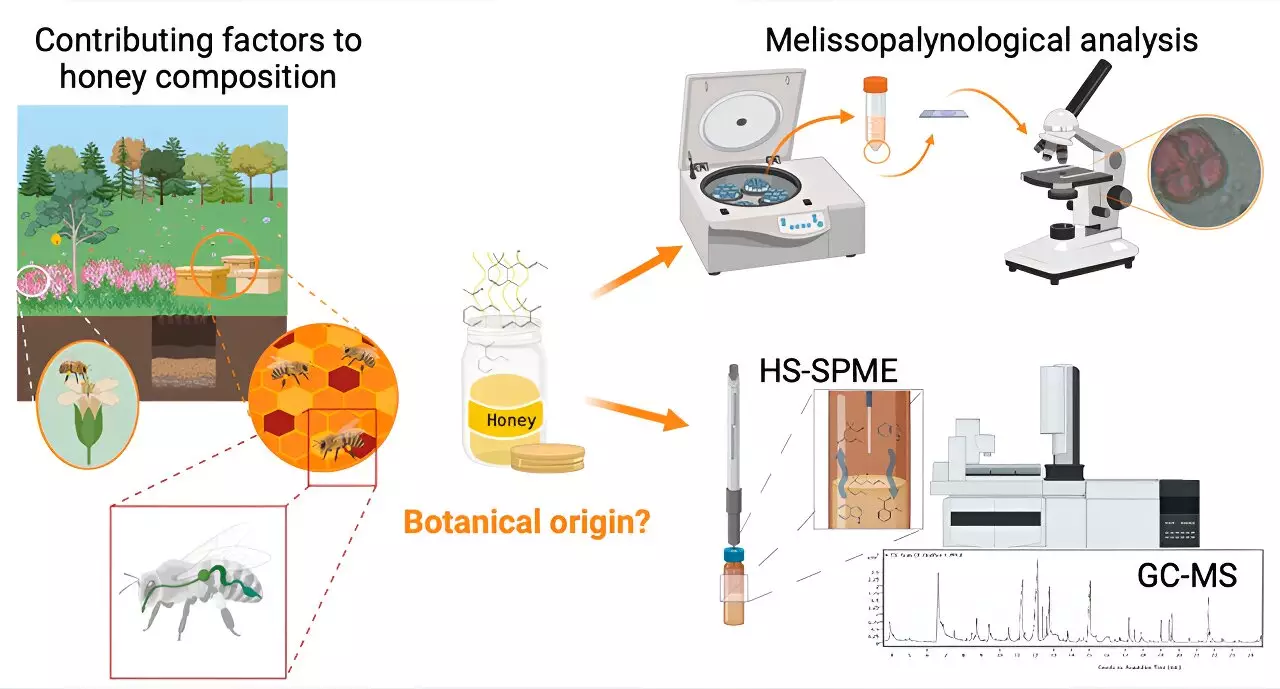Perfume making is an ancient craft that intertwines history, science, and art, dating back over 3,000 years to the era of Tapputi-belat-ekalle, celebrated as the world’s first chemist. This remarkable woman hailed from Mesopotamia, a region that now encompasses modern Iraq and Iran. Evidence from clay tablets dating back to the Middle Assyrian period reveals not just her identity but also her role as a leader among a collective of female perfumers, the muraqqīṭu. These women crafted exquisite fragrances for royalty, embodying a blend of artistry and scientific expertise that has paved the way for contemporary perfumery.
Tapputi’s contributions are not lost to time; her techniques provide an essential link between ancient practices and modern methods. The tablets show her meticulous approach to creating perfumes, utilizing plants and flowers prevalent in Mesopotamia to extract aromatic compounds. Through a mix of art and chemistry, she explored the therapeutic and sensory properties of various natural ingredients—a quest that is still relevant in today’s fragmented and diverse perfume industry.
The Chemistry Behind Fragrance: A Scented Symphony
At the heart of perfumery lies chemistry, where the allure of fragrances is rooted in the interaction of volatile compounds—chemical molecules that evaporate at room temperature. When these molecules enter the atmosphere, they are captured by the olfactory system in our nose, triggering a plethora of sensory experiences. This sophisticated interplay between sense and substance can evoke memories and emotions, tapping into a visceral human connection.
Tapputi’s recipes illustrate complex processes for extracting and refining these volatile compounds, using methods that resemble modern distillation practices. Just as she distilled fragrant oils through a series of heating and cooling cycles, today’s perfumers harness advanced technology alongside age-old wisdom to create new and enchanting scents. This synthesis of tradition and modernity reveals not only the art but also the science at play in every bottle of perfume, combining notes ranging from sweet floral to musky woody, every scent a complex interplay of chemistry.
The Art of Creation: Crafting Perfume Blends
The journey of crafting a perfume today involves a deep understanding of how various fragrance notes interact with each other. Modern perfumers, often referred to as “noses,” are well-trained individuals who can discern subtle differences between notes and skillfully recreate them in a lab environment. This profession demands an extraordinary blend of artistic creativity and rigorous scientific knowledge.
The process of creating a fragrance not only captures the essence of individual ingredients but also assesses their stability when mixed. Such expertise extends beyond the world of perfumes, finding applications in food, beverages, and cosmetics, where a nuanced understanding of scent influences consumer experiences. For example, an adept nose might analyze the intricate aroma profile of a wine or the freshness of a cosmetic product, shaping their formulation for optimal sensory appeal.
Embracing Technology: E-Noses and Aroma Research
As technology advances, the realm of aroma research is transforming. Innovations like electronic noses, or e-noses, are being developed to replicate human olfactory functions, enabling precise identification of volatile compounds. These devices can provide a “fingerprint” of aroma profiles, facilitating quality control in industries far beyond perfumery, such as food safety and health diagnostics.
In a modern context, the findings from recent studies delve into natural products like honey, revealing the diverse floral origins of aroma compounds. Understanding these characteristics doesn’t merely enhance fragrance composition but also opens doors for improved agricultural practices and product marketing strategies, enriching our connection to the sensory world around us.
Fragrance and Emotion: The Psychological Connection
Among the most intriguing aspects of perfumery is the psychological effect that scents can create. Modern research underscores the powerful connections between fragrance, memory, and emotion, suggesting that specific aromas can evoke a flood of feelings or recollections. This sensitivity to scent links back to cultures and rituals, like those practiced in ancient Mesopotamia, where fragrances served to connect the divine with the mundane.
Perfumery was not perceived merely as an art form, but as an essential element of spiritual and societal rituals. Understanding this psychological dimension sheds light on why fragrance is a significant aspect of personal and communal identity, shaping experiences and eliciting memories on both conscious and subconscious levels.
Ultimately, exploring the art of perfumery is a gateway into understanding our own emotional landscapes, the allure of scents that draw us in, and the intricate history behind each aromatic blend. The influence of Tapputi extends far beyond her time, continuing to inspire those who dare to turn the ephemeral into the timeless.


Leave a Reply